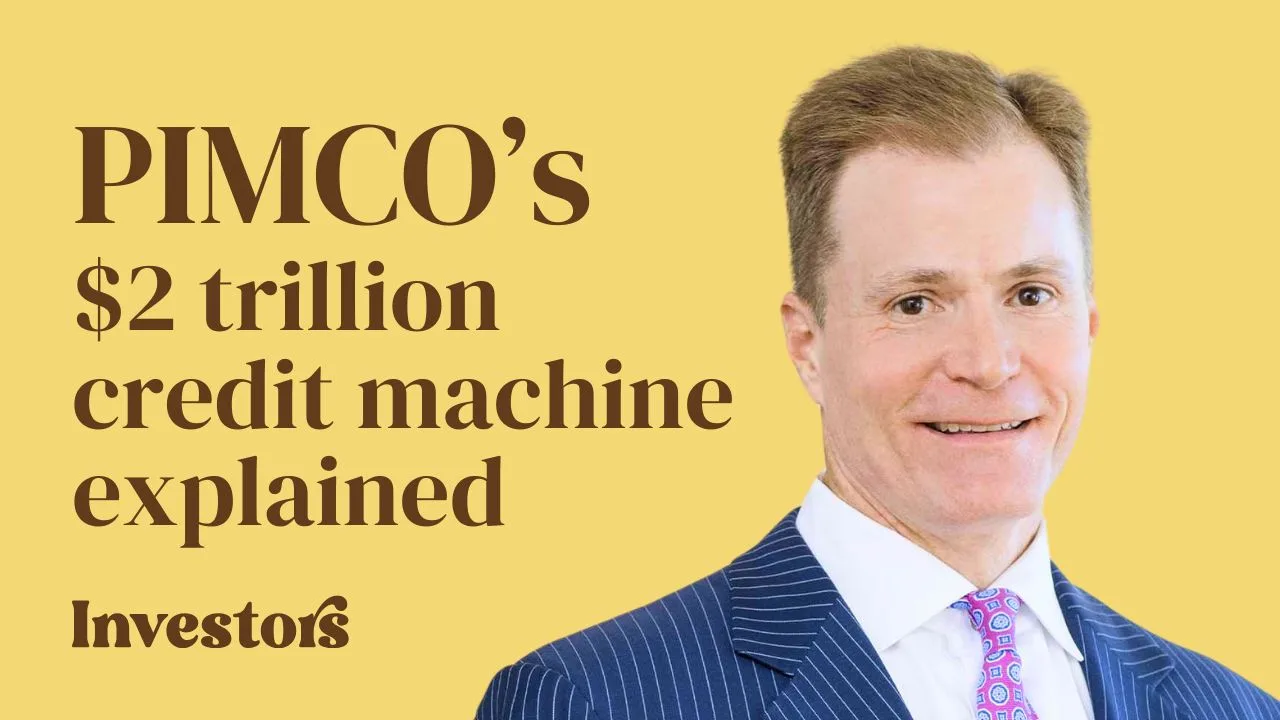There are many different ways to get exposure to gold. Here are two ASX ETFs that take very different approaches to investing in gold: ETFS Physical Gold (ASX: GOLD) and BetaShares Global Gold Miners ETF (ASX: MNRS).
What Are ASX ETFs?
Australian exchange-traded funds, or ASX ETFs, are investment funds that are listed on a stock exchange and provide exposure to a range of shares or assets with a single purchase. The video below explains ETFs in more detail.
Why Invest In Gold?
Gold is traditionally viewed as a “safe haven” for your money. Investors view it as a relatively stable asset that retains its value even when markets or real estate are falling. Gold tends to receive a lot more interest when markets are falling or there are fears of a recession.
GOLD ETF Versus MNRS ETF
There are a few different ways to invest in gold, the most difficult of which would be to actually buy physical gold and keep it under your bed – or probably in a safe – for a rainy day.
However, holding costs and logistics can make this difficult, and there are just easier options.
The ETFS Physical Gold ETF (ASX: GOLD) is designed to make life easy, allowing you to gain exposure to physical gold through an ETF which can be bought and sold like shares. The GOLD ETF is backed by physical gold held by HSBC Bank Plc and only metal that conforms with the London Bullion Market Association’s rules are accepted.
The GOLD ETF gives you direct exposure to the underlying asset (gold bars) and returns depend entirely on the price of gold. Over the last 10 years, the GOLD ETF has returned 6.17% per year and 7.62% over the last three years.
The BetaShares Global Gold Miners ETF (ASX: MNRS) takes a different approach, investing in shares of the largest gold miners around the world. This is more indirect exposure to gold, and performance is affected by the price of gold, the performance of the companies and investor sentiment towards the shares.
The MNRS ETF invests in companies based around the world, but a large majority are in Canada, South Africa and the US. The MNRS ETF is also currency-hedged, meaning all foreign currency exposure is hedged to the Australian dollar.
Over the last three years, the fund has returned 4.64% per year, so it has underperformed the GOLD ETF, however, there is potential for huge returns, with MNRS returning 69.89% over the last 12 months.
Fees & Risks
The GOLD ETF has a management fee of 0.4% per year, while the MNRS ETF has a 0.57% management fee which is likely higher because of the currency hedging.
The physical GOLD ETF would probably be considered less risky because it is a much larger ETF and is backed by physical gold. The gold miner MNRS ETF, on the other hand, is much more volatile as there are several different factors influencing the price.
This would suggest that GOLD would be a better choice for a stable investment or a hedge for an existing portfolio, while the MNRS ETF has the potential for higher returns (and bigger losses).
My Take
Gold exposure can certainly have a place in most balanced portfolios, but I consider it to be more of a hedging play than an investment for capital growth. For that reason, I would lean more towards the physical gold ETF, but that’s just a personal preference. If you’re looking to invest in gold, it’s important to think about what the purpose of the investment is.
For our number one ETF pick, have a look at the free report below.
[ls_content_block id=”14948″ para=”paragraphs”]
Disclosure: At the time of writing, Max does not own shares in any of the companies mentioned.




